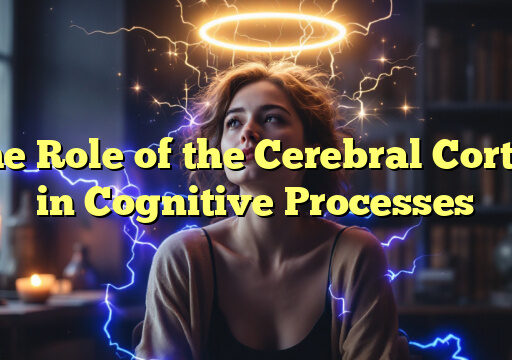Neuroscience is a rapidly evolving field that continues to uncover new insights into the brain and nervous system. The Journal of Neuroscience is a leading publication that showcases some of the most groundbreaking research in this area. In this article, we will explore some of the top findings from recent studies published in the Journal of Neuroscience.
1. Neural Plasticity
One of the key findings in neuroscience is the concept of neural plasticity, which refers to the brain's ability to reorganize itself by forming new neural connections. Recent studies have shown that neural plasticity plays a crucial role in learning, memory, and recovery from brain injuries. Researchers are now studying ways to harness this plasticity to improve cognitive function and treat neurological disorders.
2. Neuroimaging Techniques
Advances in neuroimaging techniques have revolutionized our understanding of the brain. Techniques such as functional magnetic resonance imaging (fMRI) and positron emission tomography (PET) allow researchers to visualize brain activity in real-time, providing valuable insights into brain function and dysfunction. Recent studies using these techniques have revealed new information about brain networks, cognition, and emotion regulation.
3. Neurodegenerative Diseases
Neurodegenerative diseases, such as Alzheimer's and Parkinson's, continue to pose significant challenges to public health. Recent research published in the Journal of Neuroscience has shed light on the underlying mechanisms of these diseases, including protein misfolding, oxidative stress, and neuroinflammation. Scientists are now exploring new therapeutic targets and interventions to slow down or reverse the progression of neurodegenerative diseases.
4. Brain-Computer Interfaces
Brain-computer interfaces (BCIs) are a cutting-edge technology that allows direct communication between the brain and external devices. Recent studies have shown that BCIs have the potential to improve motor function in individuals with paralysis, restore speech in patients with communication disorders, and enhance cognitive abilities in healthy individuals. Researchers are now working on developing more efficient and user-friendly BCIs for a wide range of applications.
5. Neuroplasticity in Aging
Aging is associated with cognitive decline and changes in brain structure and function. However, recent studies have shown that the aging brain retains a remarkable level of plasticity, allowing for learning and memory formation throughout the lifespan. Researchers are exploring ways to enhance neuroplasticity in older adults through cognitive training, physical exercise, and lifestyle interventions.
Conclusion
Neuroscience continues to make significant strides in understanding the complexities of the brain and nervous system. The research published in the Journal of Neuroscience highlights the diverse range of topics being explored in this field, from neural plasticity and neuroimaging techniques to neurodegenerative diseases and brain-computer interfaces. These findings have the potential to transform our understanding of the brain and lead to innovative treatments for neurological disorders. As researchers continue to push the boundaries of neuroscience, we can expect even more exciting discoveries in the years to come.
FAQs
1. What is neuroscience?
Neuroscience is the scientific study of the brain and nervous system, including how they function and how they are affected by various factors such as genetics, environment, and disease.
2. What is the Journal of Neuroscience?
The Journal of Neuroscience is a peer-reviewed scientific journal that publishes original research articles, reviews, and commentaries on all aspects of neuroscience.
3. What are some key areas of research in neuroscience?
Key areas of research in neuroscience include neural plasticity, neuroimaging techniques, neurodegenerative diseases, brain-computer interfaces, and neuroplasticity in aging.
Unlock Your Mental Potential




